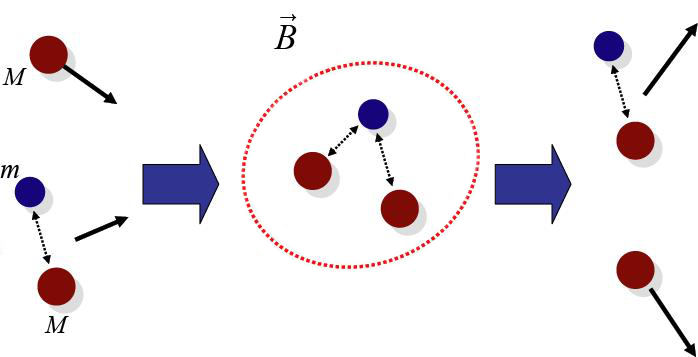Contributors
L. Happ, M. Zimmermann, M.A. Efremov, W.P. Schleich
Collaborations
T. Schmid and T. Pfau (Universität Stuttgart, Stuttgart)
R. Kaiser (Institut Non Linéaire de Nice, CNRS and Université Nice Sophia-Antipolis, Valbonne, France)
D.R. Herschbach (Harvard University, Cambridge, USA)
S.I. Betelu (University of North Texas, Denton, USA)
L. Plimak and M.Yu. Ivanov (Max-Born-Institut, Berlin)
Data Vortex® Technology (High performance computing)
Funding
Alexander von Humboldt Stiftung
Deutsches Zentrum für Luft- und Raumfahrt (DLR)
Deutsche Forschungsgemeinschaft (DFG) in the framework of the SFB/TRR-21
Texas A&M University Institute for Advanced Study (TIAS)

